Space: the last frontier. It's shrouded in mystery and the unknown, even though we're finding out more and more about it every day.
On July 12, 2017, the spacecraft Juno captured the closest images of Jupiter's Great Red Spot ever. The images are incredible and give us an even better idea of what could be going on down there.
The Great Red Spot is one of the most recognizable marks on any of the planets – maybe only second to Saturn's rings. But, what do you really know about that red spot on the giant planet?
These 9 things about Jupiter and its Big Red Spot are all fascinating, and tell us so much. Yet, there is always still so much to learn about all things far beyond our own tiny planet!
Have you always been fascinated by space and the secrets it holds? Do you wonder if there is life beyond our atmosphere?
Please SHARE these fun facts with your family and friends on Facebook!
1. We Can't Yet Explain Why The Spot Is Red
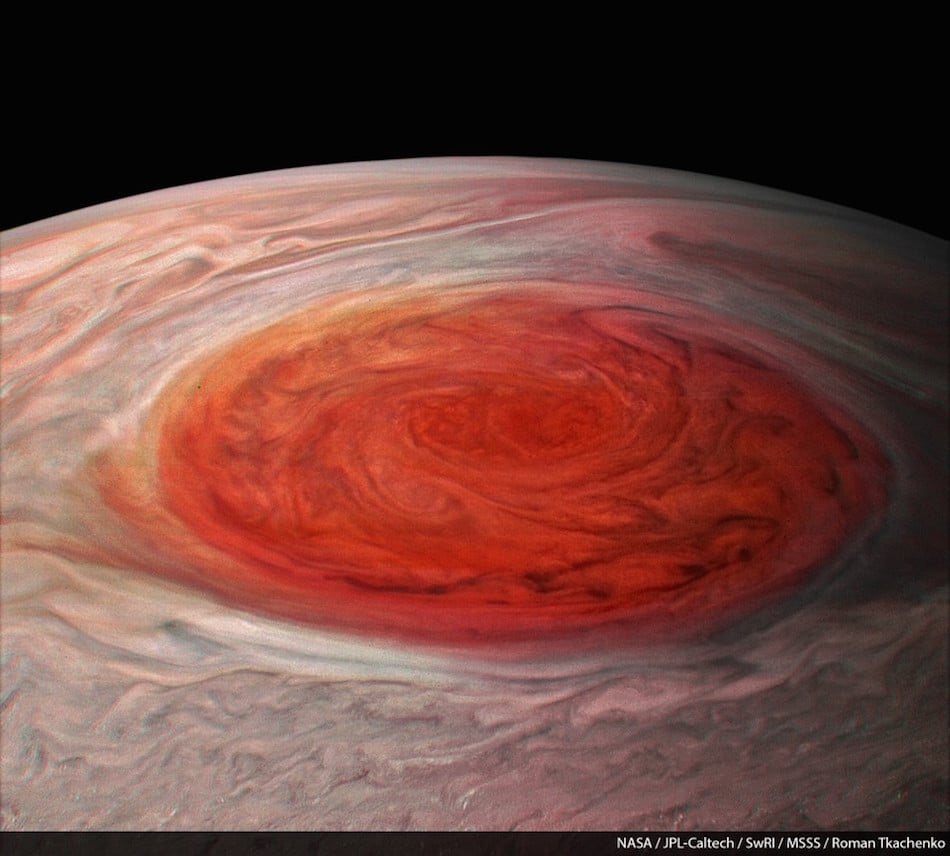
Some scientists theorize that it's due to the chemicals in Jupiter's atmosphere or even its surface, while others think if could be cosmic rays or UV radiation reacting with an invisible ammonium hydrosulfide layer, according to NASA.
2. The Red Spot Is Classified As An Anti-Cyclonic Storm
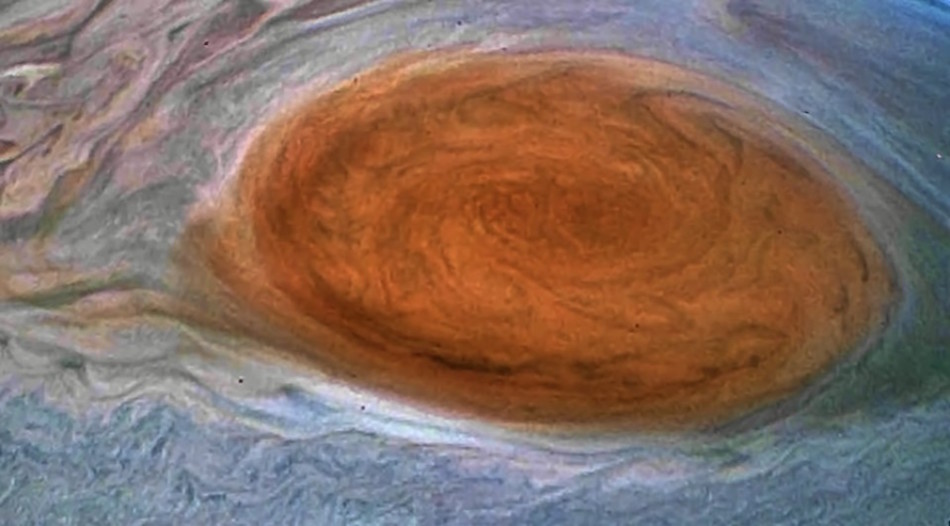
What this means is that it's a high-pressure storm, much like the hurricanes here on earth. Winds circulate around a central region of high pressure.
3. The Winds Blow At 400 MPH
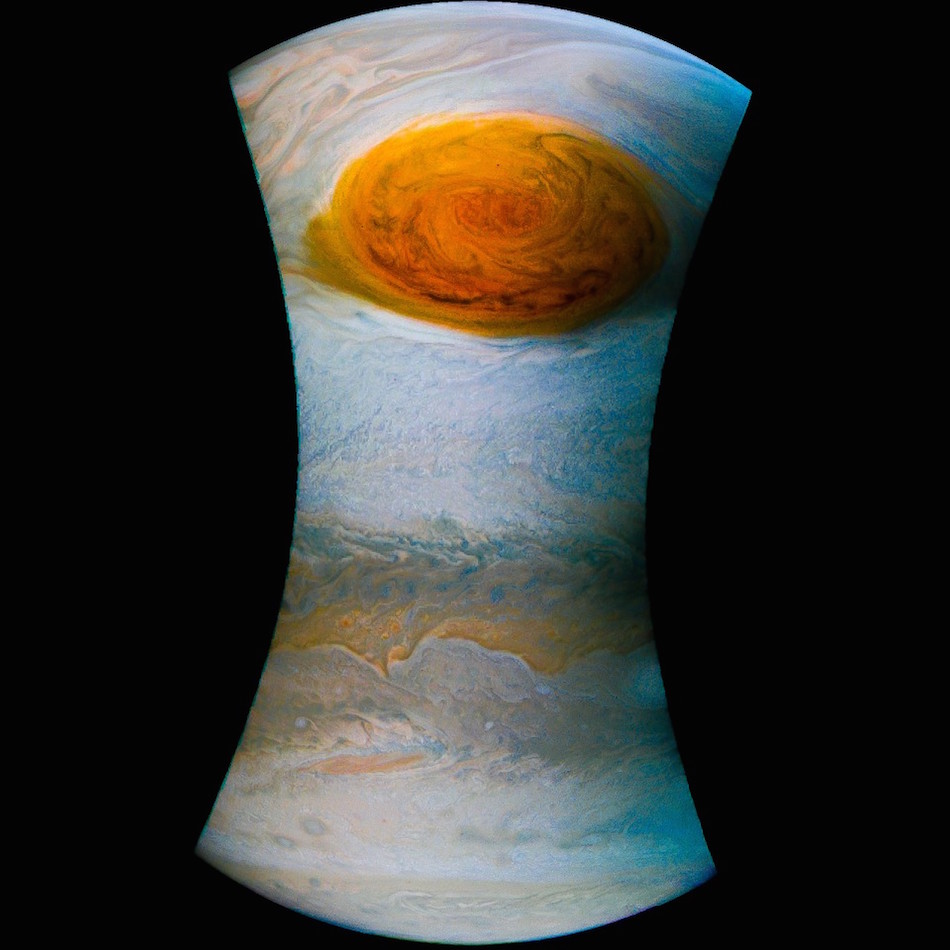
While storms here on earth boast winds blowing at around 200 mph, the Great Red Spot on Jupiter roars at about 400 mph. If you've ever been in a hurricane here at home, that number is absolutely terrifying.
4. It's 1.3 Times The Size Of Earth
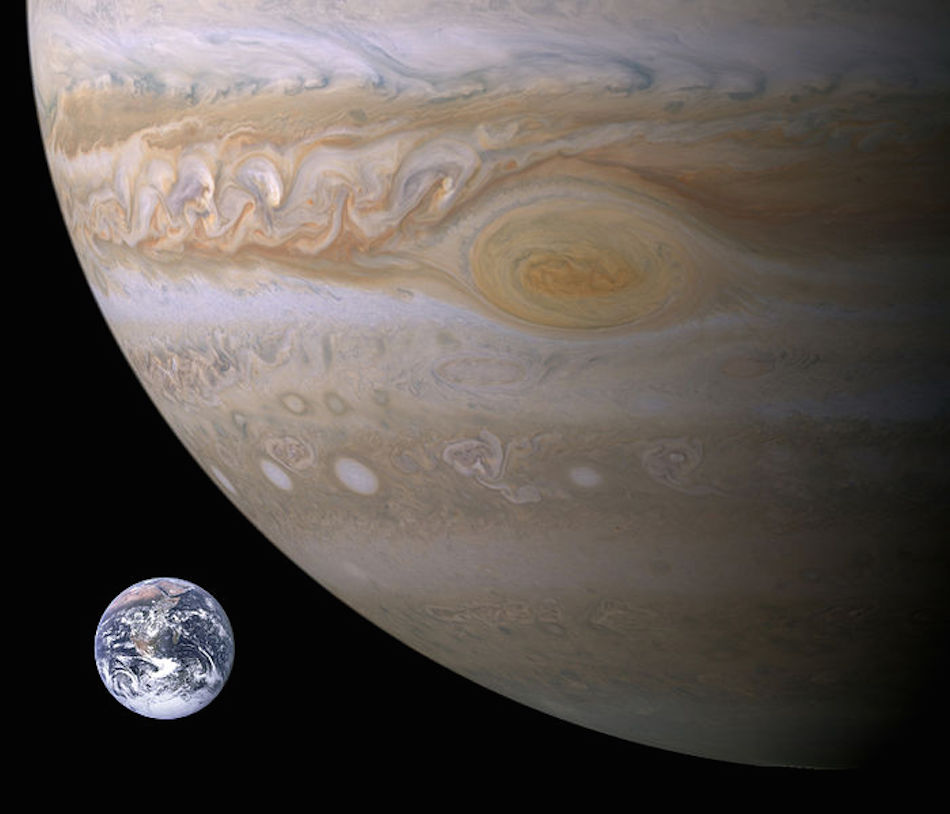
Yep, it's huge. The storm is 10,159 miles wide, which is bigger than our whole entire planet.
5. It's Been Storming For, Possibly, Hundreds Of Years
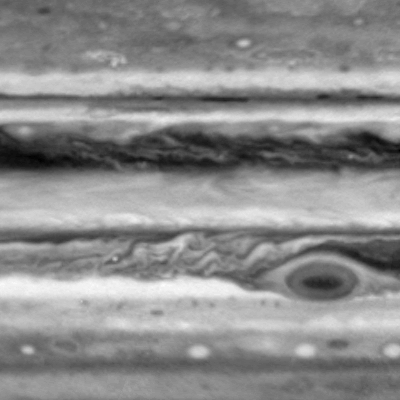
Even though folks have seen a red spot on the planet since telescopes made it possible to see that far in the 1600s, it's impossible to know if it was the same great red spot, or if it was swirling on the planet for hundreds of years before that. NASA confirms that this very spot has been around for at least 150 years for sure, but it's likely that it's much older.
6. Juno Flew Pretty Close To The Great Red Spot
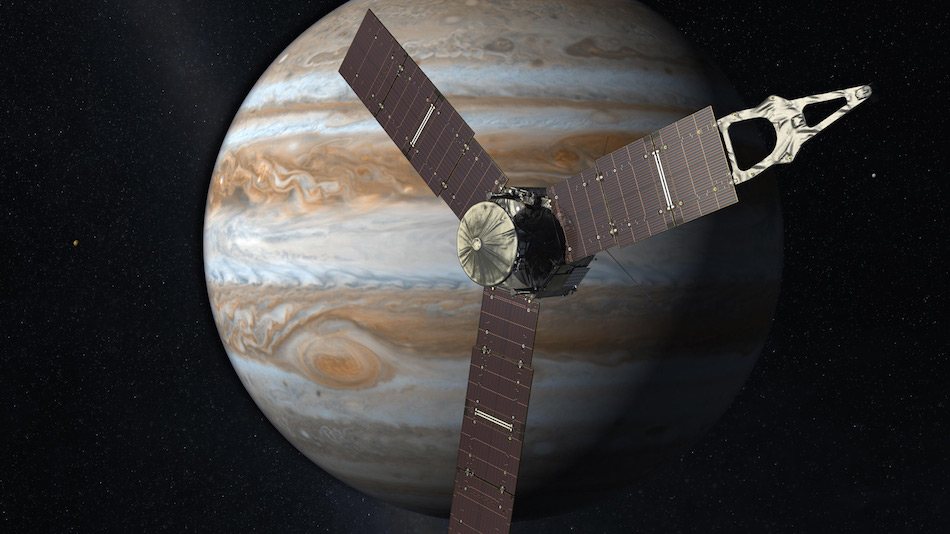
The craft making it's 6th orbit around the immense planet flew just 5,600 miles above the planet's most well-known marker, and 2,100 miles from the surface in general.
7. The Spot May Be A Source Of Heat

In an article published in the journal Nature, J. O’Donoghue, L. Moore, T. S. Stallard & H. Melin conclude that the Great Red Spot must be a source of heat to the upper atmosphere, which is hundreds of degrees hotter above the spot. With no outside source of heat (like the sun, which is far, far away), this shows that the spot must be the source due to wave heating.
8. Learning About The Spot Could Help Us Learn About Earth
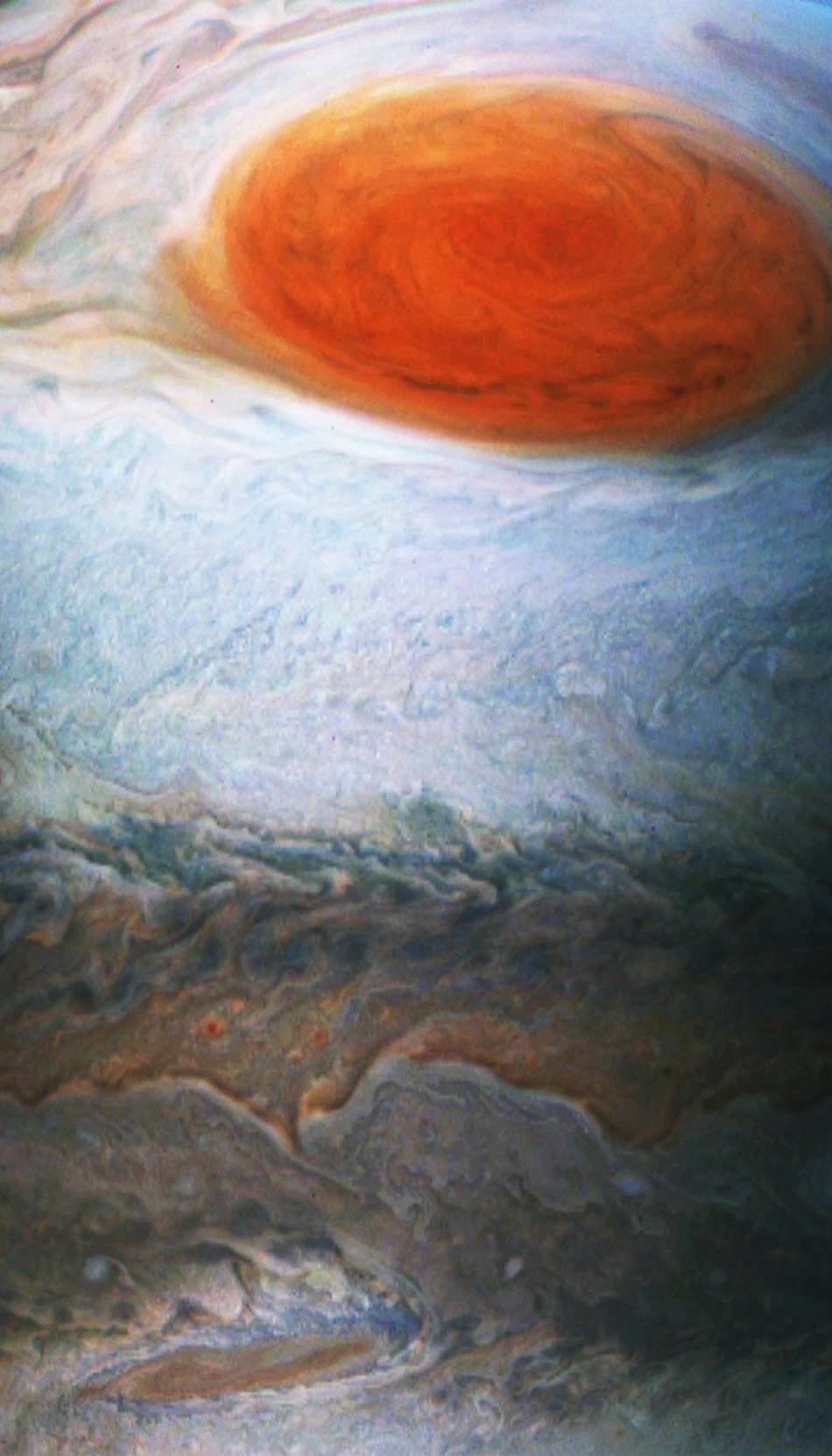
Since this storm acts under the same physics that earth acts under, learning about this mega storm can help us learn more about our own planet's weather patterns and possibilities. Learning about the Great Red Spot can also help us learn about extrasolar planets, according to NASA expert, Amy Simon.
9. The Red Spot Is Certainly Not The Only Storm
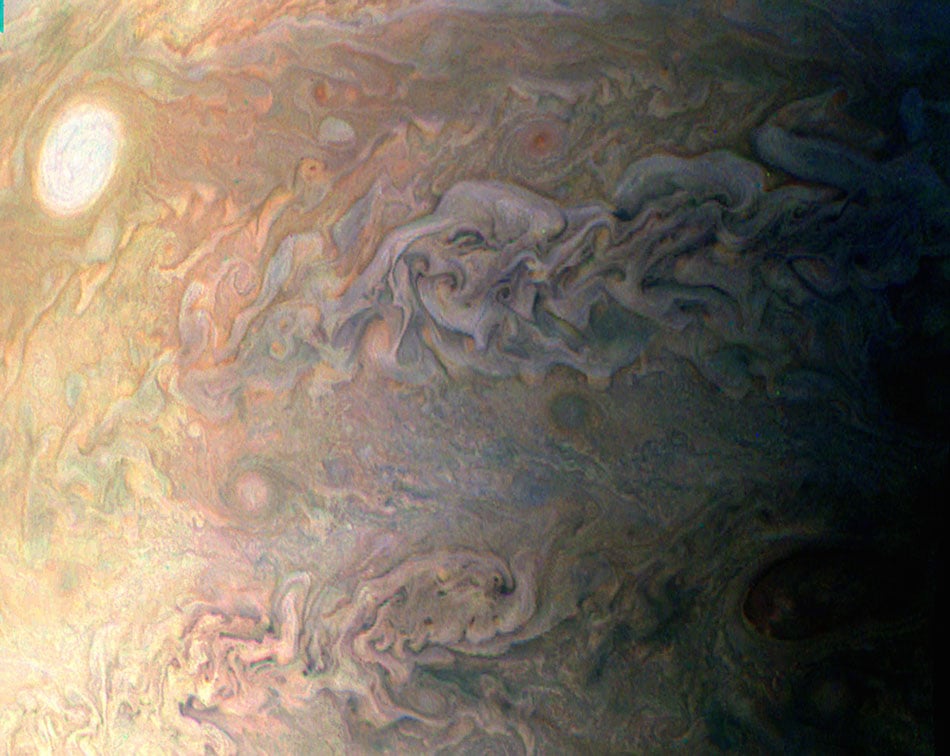
Jupiter's atmosphere is pretty much all storm all the time. Another feature is the "string of pearls," which is a string of eight storms that appear as white dots on the planet.
Please SHARE this cool information on the Great Red Spot with your family and friends on Facebook!




